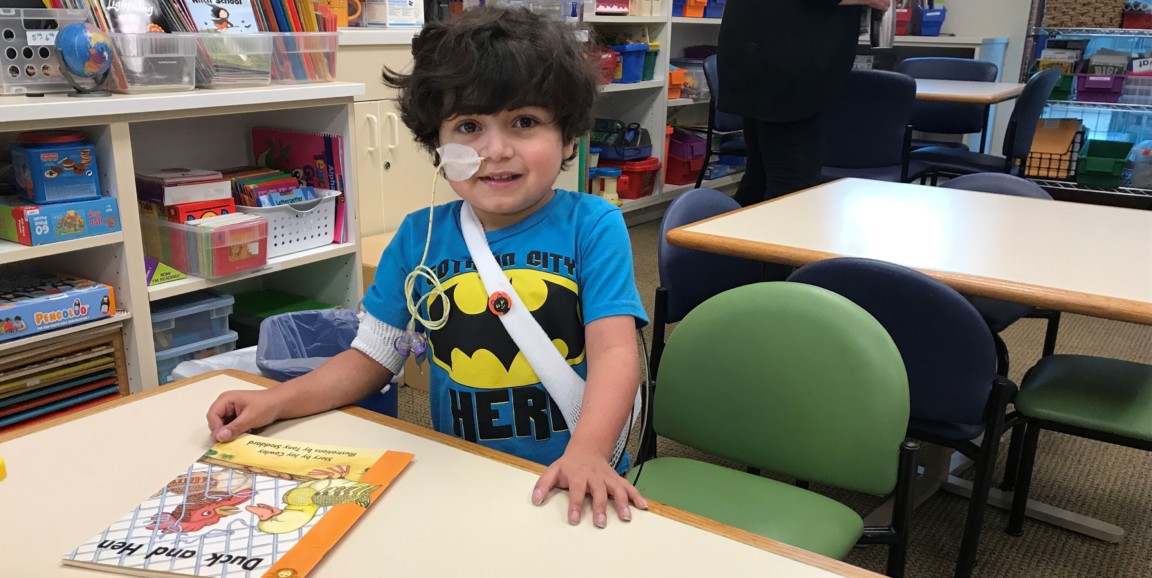When a child gets sick, even with a cold, it often means they miss a day or few of school and have assignments to catch up on. But for patients at Lucile Packard Children's Hospital who can be hospitalized with serious illness for days, weeks, or sometimes months on end, missing school for long periods of time can be especially detrimental. That's where programs like the Packard Children’s hospital school and Hospital Educational Advocacy Liaisons (HEAL) come in.
PBS Sacramento (KVIE-TV) recently featured the hospital’s education programs on an episode of Inside California Education.
As the piece describes, Packard Children’s hospital school is a unique collaboration between the Palo Alto Unified School District and the hospital, offering a fully accredited academic curriculum for patients grades K-12, as well as art, drama, science and other enrichment programs.
“We get kids who are waiting for organs, and so they’re here for a year or more than a year. We don’t want to put their lives on hold,” high-school teacher Kathy Ho told PBS. “For some of them they’re so grateful because if there wasn’t a school here, they would not have been able to graduate, they would not have been able to get credits, they would not have been able to keep up with their homes. And one of the things they want to do is to get discharged from here and go back into their regular lives.”
The HEAL program helps patients with that transition from the hospital back to their home schools. “We work with their families to be sure that they’re being adequately served when they go back to school because a lot of school districts are not used to having a child with a chronic illness in the classroom,” explained Jeanne Kane, program supervisor for the HEAL program.
For patients like 16-year-old Ryan Sathianathen, these programs are incredibly valuable. Ryan was diagnosed with chronic myeloid leukemia in 2016, and has been a full-time student at the hospital school since February 2017. Even now that his treatment is complete and he has moved back home to Fremont, Calif., his immune system is not yet strong enough for him to go back to regular school, so he returns to the hospital daily for class.
“It’s definitely going to be different going back because I’ve adapted to coming to the hospital school every day. It’s nice,” Ryan told PBS.
20-year-old former patient David Llano, who also battled leukemia at the hospital, agrees. Today, David is in college, but he returns to the hospital school as a mentor for other patients. “I met some of my best friends in the hospital school who I’m still in touch with today even though we’ve all graduated,” he said. The hospital school, David explained, is a place where patients relate to each other as peers, on a deeper level than they can connect with other students back home. “We all go through the same struggles in our everyday lives.”
Photo courtesy of Lucile Packard Children's Hospital




